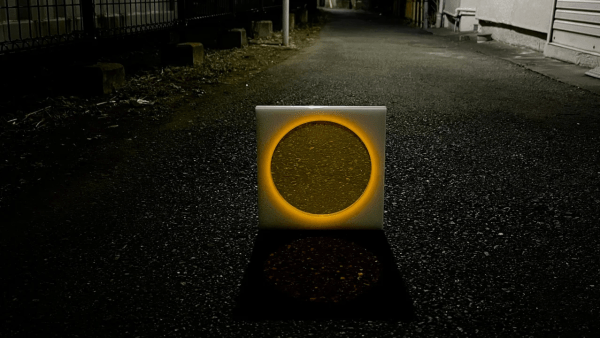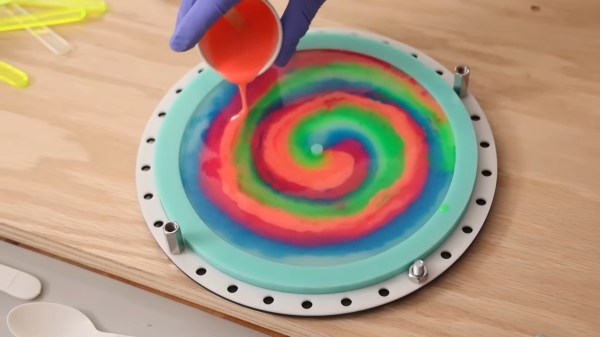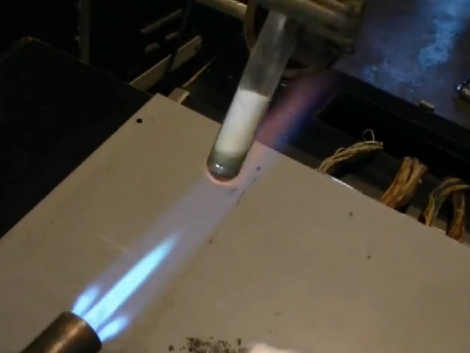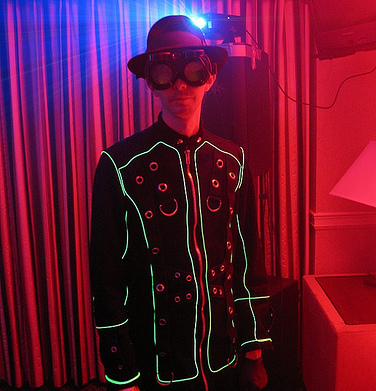[Yuichiro Morimoto] wanted to create a decorative lamp, one that wasn’t burdened with batteries or wires, but used just the ambient light in the room to create a directed glow effect. Using a coloured circular acrylic sheet, with a special coating (not specified) ambient light impinging on the surface is diffused toward the edge. This centre sheet is embedded in an opalescent sheet, which scatters the light from the center sheet, giving a pleasant glow, kind of akin to a solar corona. An additional diffuser cover sheet on the front covers over the edge to hide it, and further enhance the glow effect.
Details of the ‘special coating’ are scarce, with the coloured sheet described as a condenser plate. This clearly isn’t the same as diffuser plastic, as that cannot be seen through as clearly as some of the photographs show. So we’re a little stumped on this one! Please answer in the comments if you can, ahem, shed some light on this one!
When talking about ambient light, many people will think more along the lines of active lighting, for example, adaptive ambient light around a TV like this hack.
Continue reading “Directing Ambient Light For Some Extra Glow”
















